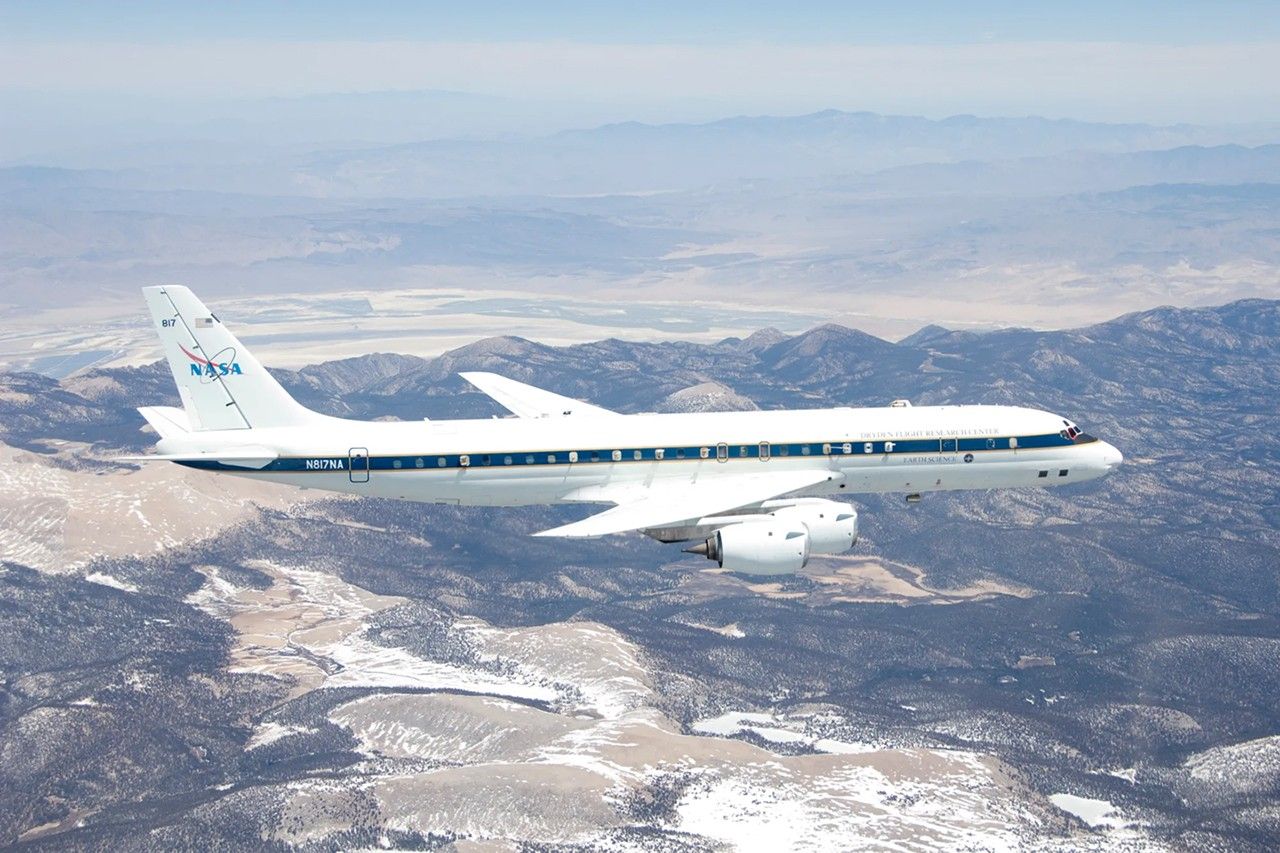Nasa
1M
162

Image Credit: Nasa
The NASA DC-8 Retires: Reflections on its Contributions to Earth System Science
- The NASA DC-8, a key player in NASA's Airborne Science Program since 1987, has been retired after its last science flight in April 2024.
- It has been succeeded by a refurbished Boeing 777 aircraft, offering increased capabilities for Earth system science research.
- A workshop titled 'Contributions of the DC-8 to Earth System Science at NASA' was held in October 2024, reflecting on the aircraft's role in Earth science and beyond.
- The DC-8 was pivotal in missions like the Antarctic Airborne Ozone Expedition, which provided evidence for human impact on the ozone layer.
- The aircraft was also involved in various atmospheric research campaigns, contributing significantly to stratospheric and tropospheric chemistry studies.
- The DC-8 fostered a strong community of scientists, engineers, and professionals over its 37-year history, showcasing international collaborations and student involvement.
- Student programs like the Student Airborne Research Program (SARP) provided hands-on research opportunities on the DC-8, impacting many young scientists.
- The retirement of the DC-8 signifies a shift towards the future with the introduction of the Boeing 777, aiming to continue the legacy of airborne scientific research.
- NASA aims to carry forward the remarkable contributions of the DC-8 while embracing new possibilities with the Boeing 777.
- The DC-8's retirement marks the end of an era but highlights the ongoing commitment to advancing Earth system science through airborne observations.
Read Full Article
9 Likes
For uninterrupted reading, download the app